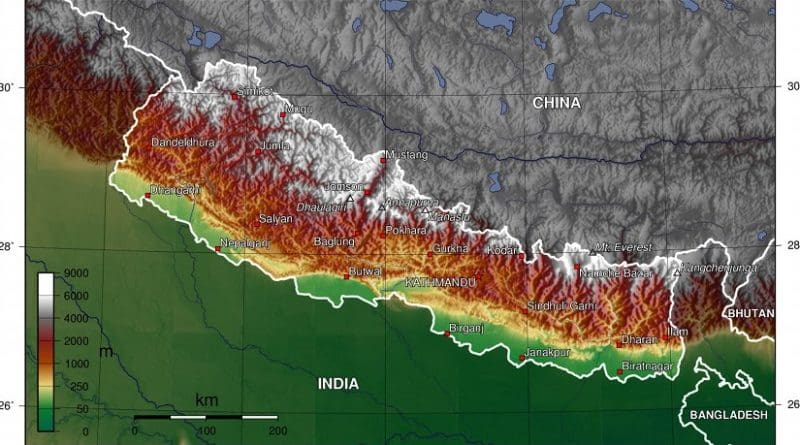Nepal: The Supreme Court Judgement And Thereafter – Analysis
By SAAG
By Dr. S. Chandrasekharan
The Supreme Court judgement has divided the political leadership and the legal community over- whether the judgement is political in character and whether the Supreme Court has overstepped its jurisdiction in calling for a halt in constitution making.
Though there have been snide remarks that it was a “Madhesi judgement given by a Madhesi Judge on a petition from a Madhesi,” there have been saner voices calling for a review on the restructuring of the state before the promulgation of the new constitution. Fortunately, these have emanated not only from those living in the Terai and elected from Terai, but also from other regions as well.
One such approach that impressed me was from an advocate- Pratyush Nath Upreti, in Kathmandu Post of 6th July that said – “(the) decision should not be seen as a step backwards but rather as an opportunity to work collectively in finding ways to think more inclusively on existing issues.”
Instead, the government appears to be inclined to approach the Supreme Court with an appeal and is said to be waiting for the new Chief Justice to take over.
This will be a wrong move and will be misunderstood both by the Madhesis and the Janajathis who perhaps form over forty percent of the population. Unwittingly, the government would also be making heroes of people like Upendra Yadav who have been steadily losing their support base.
The better way for the government to do would be to quickly form the high power commission to delineate and name the eight provinces within six months or even a little more before the actual promulgation of the constitution.
The interim constitution could continue to prevail and nothing is lost in delaying by a few months something that has been delayed for many years due to the incompetence of the political leadership. Change of Prime ministership need not wait for the new constitution but could come before. The point is- the unity of the country is more important than political expediency.
The draft constitution is said to have 297 articles, 37 parts and 7 annexures and it is now in public domain after having been endorsed by the constituent assembly. There appears to be many shortcomings- but the most controversial one is said to be the denial of equal citizenship rights to women.
A fortnight’s time has been given to the public to go through the draft and come up with suggestions and recommendations. After this, the Assembly will discuss the issues.
There are two difficulties in this. First is the lack of time for real participation of the public in endorsing the draft. It took much more time for Bhutan when it went over the exercise of consultations.
The second and more serious is that a constitution without properly delineating the boundaries of the provinces cuts at the very root of federalism and as someone has said is like a “lifeless body”.
Would anyone like to have a child born without its head?

